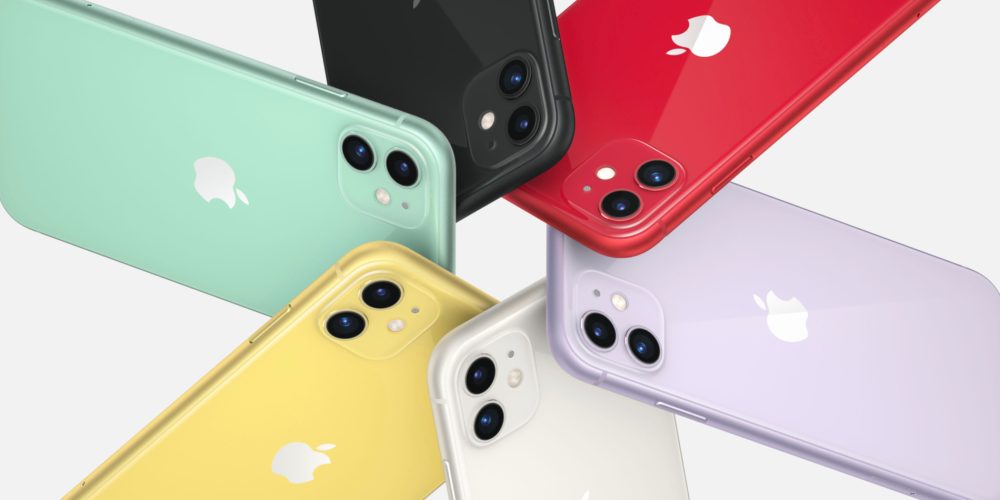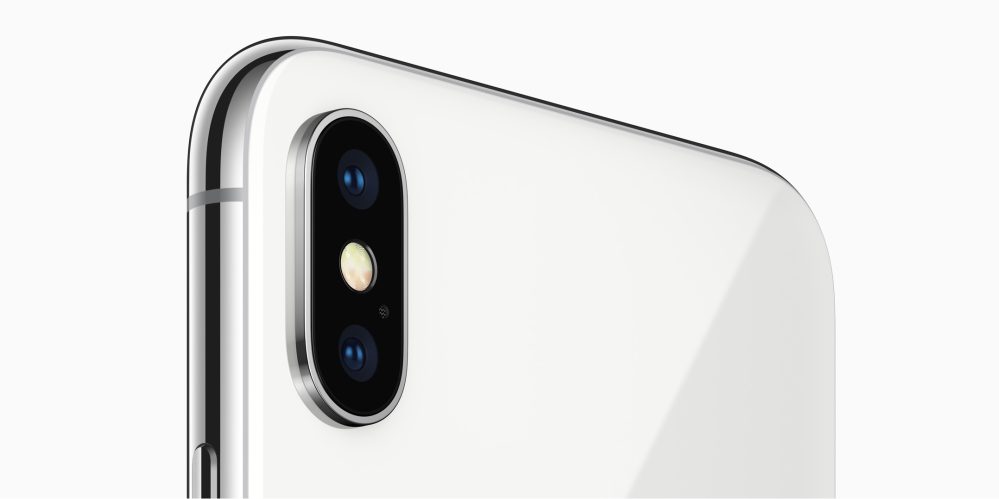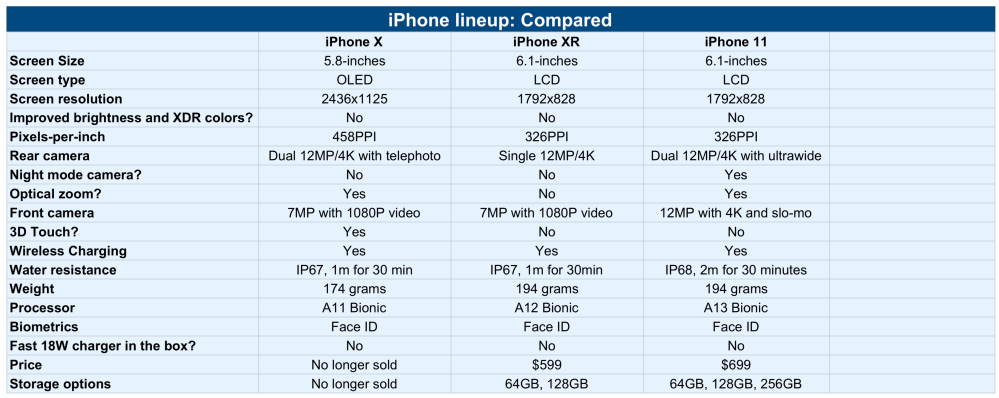The iPhone 11 officially became available yesterday at Apple Stores around the world as well as other retailers. The iPhone 11 is the followup to the iPhone XR and it comes two years after the initial introduction of the iPhone X. This means there are likely many iPhone X users who are considering upgrading this year. Read on as we compare the iPhone X vs the iPhone 11.

Ecobee HomeKit Thermostat
What’s important to note first and foremost is that the iPhone 11 isn’t necessarily the direct followup to the iPhone X, despite the naming. The iPhone X was succeeded by the iPhone XS, which is being succeeded by the iPhone 11 Pro this year.
That’s not to say that the iPhone 11 isn’t a worthy successor to the iPhone X, because it certainly is.
iPhone X vs iPhone 11
The iPhone X is powered by Apple A11 Bionic processor, while the iPhone 11 packs the newer A13 Bionic processor. If you’re using an iPhone X, it likely hasn’t started to slow down at all, as the A11 Bionic processor is incredibly powerful. If you’re looking for a speed boost, you might notice one going from the iPhone X to the iPhone 11, but it likely wouldn’t impact your day-to-day usage much at all.

The biggest difference between the iPhone X and the iPhone 11 is the display technology. The iPhone 11 features an LCD “Liquid Retina” panel with a 1792×828 resolution, whereas the iPhone X features an OLED display with a resolution of 2436×1125, for 458 pixels-per-inch.
Apple’s Liquid Retina display technology is quite advanced for an LCD panel, but if you’ve been using an iPhone X since 2017, you’ll likely notice a slight difference in color and brightness compared to the LCD panel of the iPhone 11.
Something else worth noting is that the iPhone 11 features a 6.1-inch display, while the iPhone X features a 5.8-inch display. This means you’ll get a slightly larger display, but not one as large as the 6.5-inch display of the iPhone 11 Pro Max. For many people, the 6.1-inch iPhone 11 display has turned out to be the sweet spot of big, but not too big.

In terms of design, the iPhone X and iPhone 11 are very similar, but with a few key differences. The iPhone X features stainless steel edges that are more durable than the aluminum edges of the iPhone 11. You’ll also notice that the display of the iPhone X extends closer to the edges than the iPhone 11, because of the OLED display.
Apple says the iPhone 11 is also more durable than past iPhone models, while it also offers improved water resistance. The iPhone 11 is also available in colors including white, black, yellow, red, green, and purple. The iPhone X was only sold in space gray and silver.
The camera is where things get interesting. The iPhone X features a dual-camera setup with a wide angle lens and telephoto lens. What this means is that you can zoom closer to objects when taking a picture, without comprising photo quality.
The iPhone 11 also features a dual-camera setup, but with wide angle and ultra wide angle lenses. This means you don’t get the ability to zoom in on a subject, but you do get a wider field of view. The iPhone 11 can capture a 120-degree field of view, but it remains to be seen whether that is more practical than the telephoto lens found on the iPhone X, iPhone XS, and iPhone 11 Pro.
One notable camera addition with the iPhone 11 is Night mode. This feature is able to brighten up images taken in low-light environments, and early tests show that the results are excellent. The iPhone 11 also features improved True Tone flash, as well as new software features for Bokeh and Depth Control, allowing you to adjust the background blur and depth after taking a photo.

For the front-camera, the iPhone 11 has been upgraded to 12MP and now supports 4K video recording at 24 fps, 30 fps, or 60 fps. There’s also support for slo-mo 1080p video at 120 fps. The iPhone X features a 7MP front camera with support for 1080P video.
In terms of battery life, Apple says the iPhone 11 offers up to 17 hours of video playback, while the iPhone X offers up to 13 hours. Apple doesn’t offer direct comparisons between the iPhone X and the iPhone 11 in terms of battery life, but you should expect notable improvements.
The iPhone 11 also touts support for improved connectivity options including 802.11ax WiFi, WiFi 6, and Gigabit-class LTE. You also get Dolby Atmos audio playback.
Best iPhone 11 cases:
iPhone X vs iPhone 11: Should you upgrade?
The biggest benefit of going from the iPhone X to the iPhone 11 is pricing. The iPhone X originally started at $999 in pricing, and increased based on storage capacity. The iPhone 11, however, starts at $699.
The iPhone 11 is perhaps one of the best values Apple has released in many years. You get the top of the line A13 Bionic processor, and excellent camera, improved battery life, and more for $300 less than the original iPhone X.
If you trade in a functioning iPhone X to Apple and upgrade to the 128GB iPhone 11, you’re looking at $349 or $14.54 per month. That’s an incredible value, no matter how you look at it.
For many people, however, the iPhone X is still an excellent phone – and one that will continue being updated by Apple for years to come. Rumors suggest that next year’s iPhone upgrade might be a bit more significant with the OLED display coming to all models, 5G support, and more.
Ultimately, I expect the iPhone X to iPhone 11 upgrade path to be common this year, but if you can hold out, it might be wise to do so. The iPhone X is an excellent device, and next year’s upgrades look more significant. What do you think about the iPhone X vs iPhone 11 debate? Let us know down in the comments.

Read more:
 https://9to5mac.com/2019/09/21/iphone-x-vs-iphone-11-comparison-should-you-upgrade/
https://9to5mac.com/2019/09/21/iphone-x-vs-iphone-11-comparison-should-you-upgrade/
Bagikan Berita Ini















0 Response to "iPhone X vs iPhone 11 comparison: Should you upgrade? - 9to5Mac"
Post a Comment